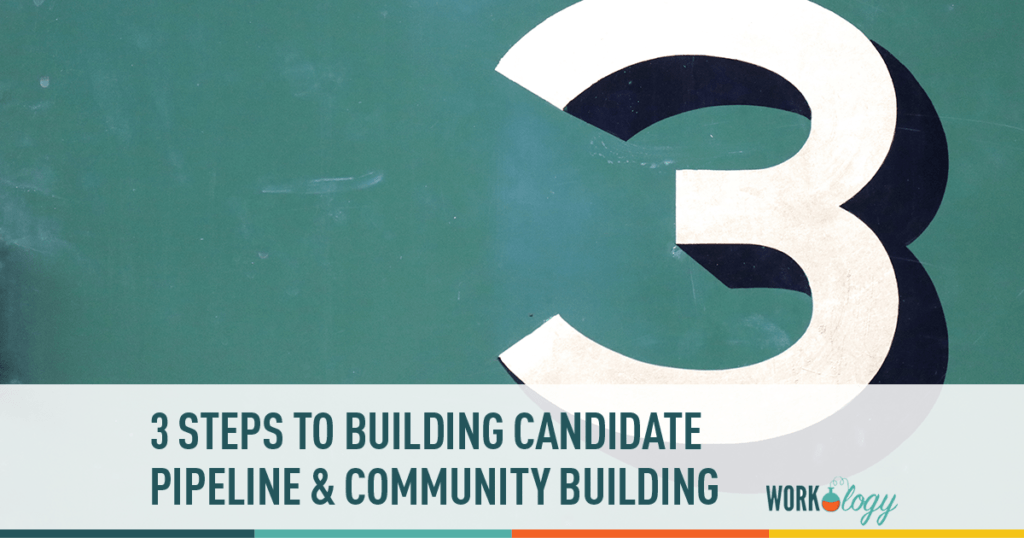When it comes to recruiting in the digital age, community, content and conversation (the three C’s for easy reference) are becoming more important than ever before. But why? Because recruiting is not about technology or even posting jobs and processing resumes – it’s about building long-term relationships with candidates and building that candidate pipeline whether they fit a particular opening or not.
Recruiting is Not Technology-Centric
Despite the ongoing discussions about social, mobile, video, etc… recruiting isn’t about technology at all – but you should already know this. It’s your ability to start conversations about your organization and opportunities that will draw candidates in. Once hooked, you’ve got to give them a reason to stay. Enter the three C’s.
Recruiting is Relationship-Building
The operational aspects of recruiting are not difficult, so long as you know where to look. Relationship recruiting is about building lasting relationships that’s tough. And if you want to break through to the next level of candidate pipelining to create a true talent community, you must find a way to engage your members so they develop a sense of trust and willingness to connect with you. But how do you do this? Here are three suggestions that should be fairly simple to incorporate into your current process.
The Successful Recruiter Will Make Candidates Feel Like Part of the Community By:
Driving Conversation Through Meaningful Content. We always talk about community and two-way communication, but the reality is that conversation with/about your employer brand will (probably) not occur naturally. Instead, it’s up to you to get it started by creating content that resonates with your ideal candidate. Tug at their emotions, and make them want to join in and also share with others. Remember, community and your candidate pipeline is not built on marketing messages but relationship messages.
Picking Up the Phone. While it’s true that what’s being said is often more important than where the conversation is happening, it’s also a fact that a good old-fashioned telephone call can work wonders. Social media platforms, recruitment videos and mobile job apps may be great for showcasing your employer brand, but real relationships extend offline because recruiting – by nature – is social. And nothing says social like an in person meeting or phone conversation.
Providing a Better Candidate Experience. Everyone knows that most organizations suck at candidate experience (yours might even be one of them). And while it’s often viewed as “easier” to avoid uncomfortable conversations, ignoring applicants is cause for more difficult problems down the road – think public complaints to their social networks, as well as yours. Instead, focus on follow-through and keep candidates informed as to what they can expect and when. Even if they don’t receive an offer, they’ll be delighted to see that you care about the relationship.
While these three steps will help turn your network into a community, they’re certainly not the only areas of focus. And don’t forget that they should all be carefully integrated with a well-defined strategy that makes sense for your organization. Do you have a talent community? What other tips would you include for making candidates feel welcome and important to the group?
Autumn McReynolds is the Content Strategist and Lead Blogger for TalentMinded, an online publication focused on talent attraction and engagement in the digital age. After landing in the recruitment space in 2009, she has spent the past three years in the job board industry as both a recruiter and project manager, consulting with clients about job advertisements, employment brand and SEO strategies for attracting new candidates via job postings. You can connect with her on LinkedIn or follow her on Twitter.









